Three Types of Actionable Business Analytics Not Called Predictive or Prescriptive
Rocket-Powered Data Science
OCTOBER 6, 2023
What is the point of those obvious statistical inferences? In statistical terms, the joint probability of event Y and condition X co-occurring, designated P(X,Y), is essentially the probability P(Y) of event Y occurring. How do predictive and prescriptive analytics fit into this statistical framework? Pay attention!






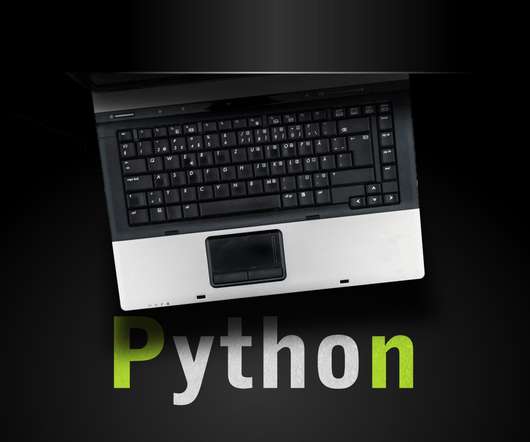


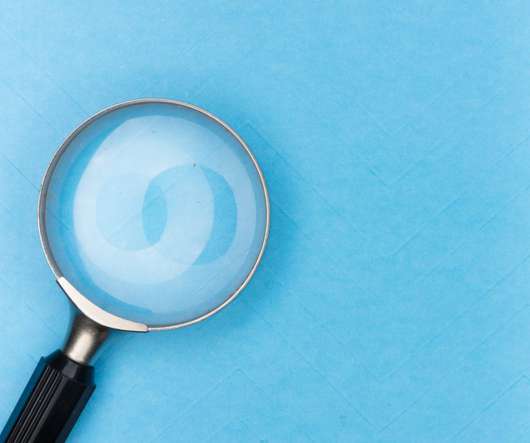

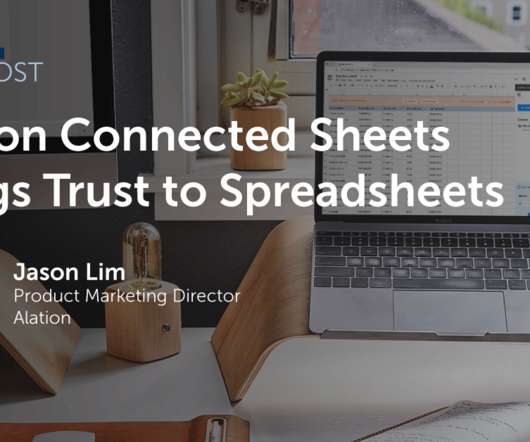

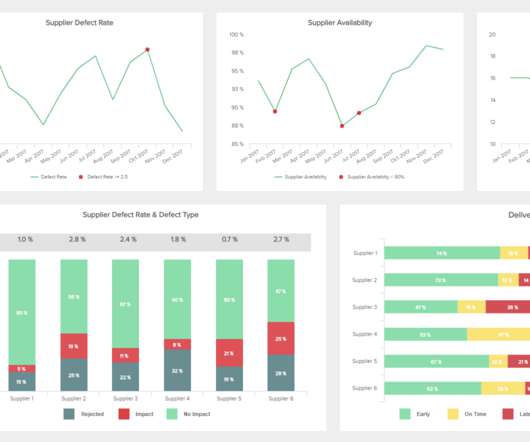

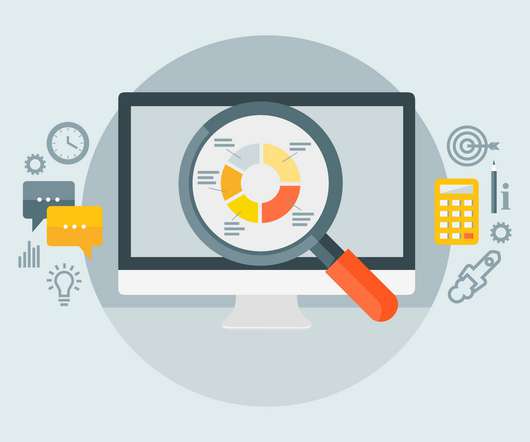










Let's personalize your content